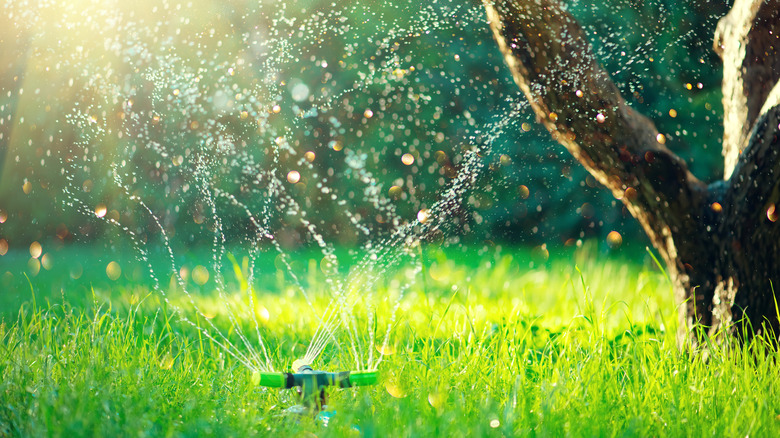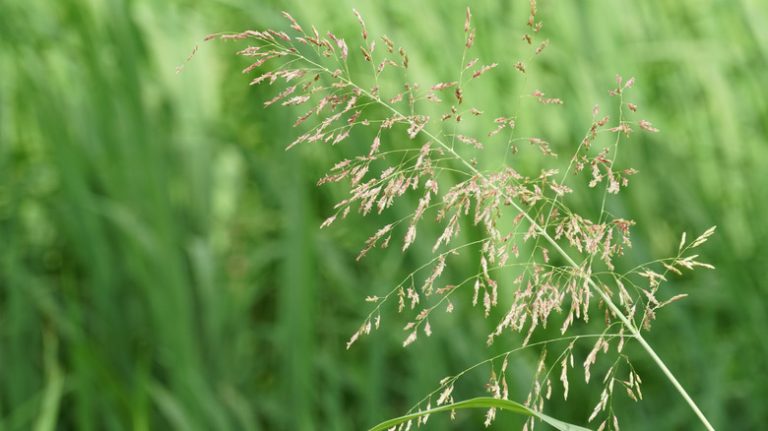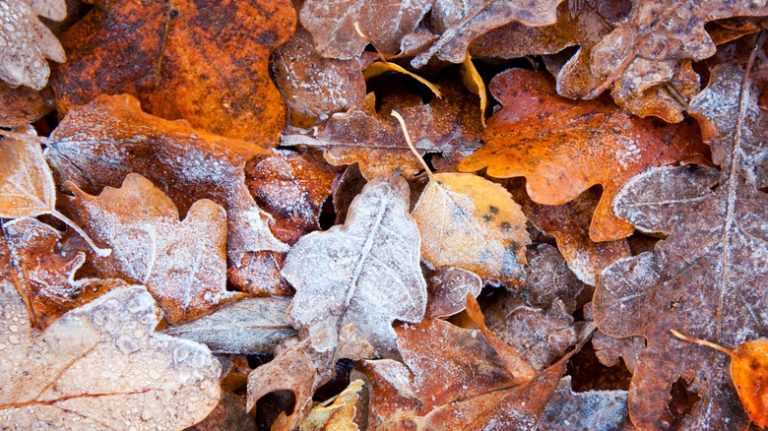Having a gorgeous, lush, green yard is something many people work very hard at, taking the time to routinely mow their lawns, fertilize the grass, and, of course, water it. While those who live in particularly arid climates obviously need a little more help, part of most people’s landscaping routine is watering their yard.
In fact, the United States Environmental Protection Agency reports that one-third of the national water use, or 9 billion gallons per day, is dedicated to lawn maintenance and landscaping. On a more individual basis, each household uses roughly 320 gallons of water a day, and 30% of that goes towards lawn care. This quickly adds up in multiple avenues. Water is a precious resource, and dedicating so much of it towards lawn care can seem frivolous, especially to those in climates that experience droughts. It’s also costly and can contribute to a high water bill. There are ways to limit that usage, though.
Landscape for your climate
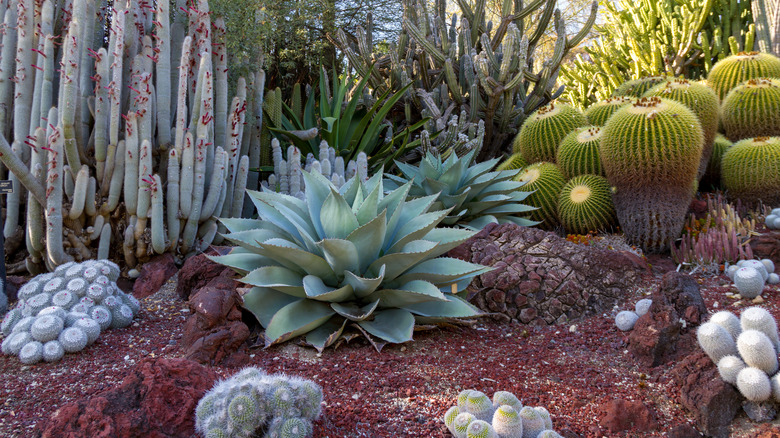
One of the best ways to conserve water in your lawn is to design it in accordance with your climate. While you may want the look of a lush, green lawn, if you live in a desert climate, it will inevitably require much more water than plants and greenery native to your environment.
That doesn’t inherently mean you have to give up grass, though, but rather find one more suitable for your climate. Many yards use Kentucky bluegrass, and in the cooler and wetter climate it’s original to, it’s a great option. In hotter, dryer areas, though, you’ll want a drought and heat-tolerant variety, like Bermuda, Zoysia grass, Fescue, Buffalo, St. Augustine, or Bahia grass.
That being said, if you live in climates with severe dry conditions, you may want to forgo the grass entirely and focus on native vegetation. Find out what USDA zone you are in and look for plants within that number. For example, those in higher desert zones could plant any number of cacti, succulents, ornamental grasses, ground cover plants, or even flowers, filling in the rest of the ground with rocks or other landscaping décor.
Water collection and recycling
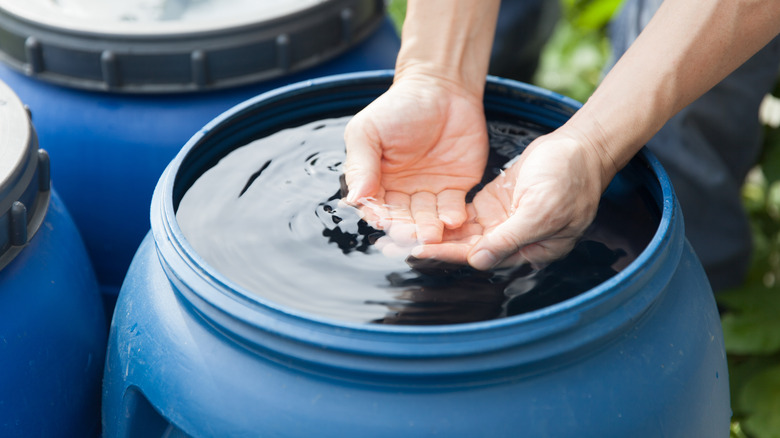
If you live in a climate that does experience rain, use that to your benefit in your garden. While it certainly helps cut down on your watering costs, it doesn’t have to be just when it rains. Setting up a rain barrel or two is a great way to have a reserve of water you can use for your garden and lawn, or even rig up to your water supply system, so it goes to your sprinklers. Alternatively, forgo the sprinklers entirely and just hand water with the rainwater reserve.
If you still want the convenience of a sprinkler but not its impact on the environment and your water bill, look into more sustainable alternatives like drip irrigation. Unlike sprinklers that disperse water that then falls onto your landscaping, drip irrigation starts at the root and only disperses what is needed. This is also healthier for your plants, as they won’t be overwatered. Soaker hoses are another good water-saving alternative.

